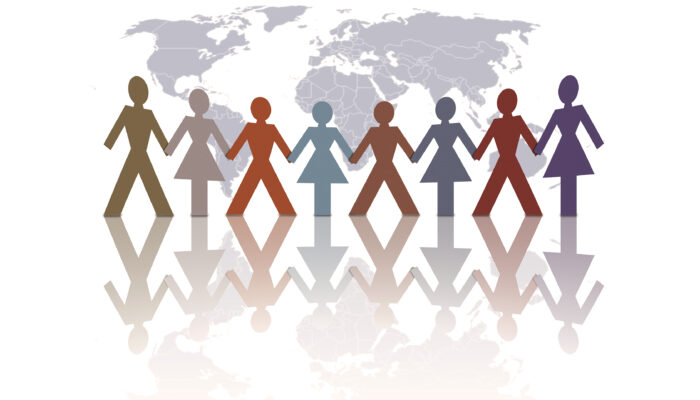How to make diversity and inclusion important

Time for action
Lilian Alibux (Director Engagement Oxfam Novib) and Ton Louhenapessij (Program manager diversity & inclusion at the police department) share their knowledge, experiences and insights on how to make diversity and inclusion an important topic in your organization.
‘Just do it’ – is the advice that Lilian Alibux gives when it comes to making sure that diversity and inclusion is a priority in your organization. Organizations should start putting things into action. This can be done by starting to make sure that your own circle is diverse. This process begins in the recruitment phase, by making sure that the ‘language’ in the vacancy is inclusive, or by specifically targeting a specific audience. This means, according to Lilian, that diversity should be a top priority on your own to-do list. However, it is also possible that you will experience pushbacks or slow changes which can be draining your positive energy. Nevertheless, be not discouraged to opt for change yourself. Besides this, reaching people that are not willing to implement change is of utmost importance.
There are no specific keys to success. You have to be open-minded, be aware of the biases you might have and eventually just do it.
Keep the conversation going
Diversity and inclusion is a rather difficult topic within the police force in the Netherlands, mainly because of the dominant culture. However, Ton Louhenapessij is committed to make this topic a top priority within the police department. The Dutch police wants to be a mirror of society as well as being closely connected to the citizens. Furthermore, they are the biggest employer of the Netherlands, so one of the organizations that should set the example. Ton does not approach this issue ‘as a problem that needs to be solved’ but rather as creating a movement. He did this though talk with colleagues all over the Netherlands; listening to their stories and concerns. From the learning goals he derived from this, he created a masterclass called ‘inclusive leadership’. Hopefully, participants can inspire others.
It is important to keep the conversation going, at all times.
